China has developed what it calls a Quantum Satellite System in a bid to combat any adversary intrusion into its power infrastructure. The country boasts the world’s largest national power grid.
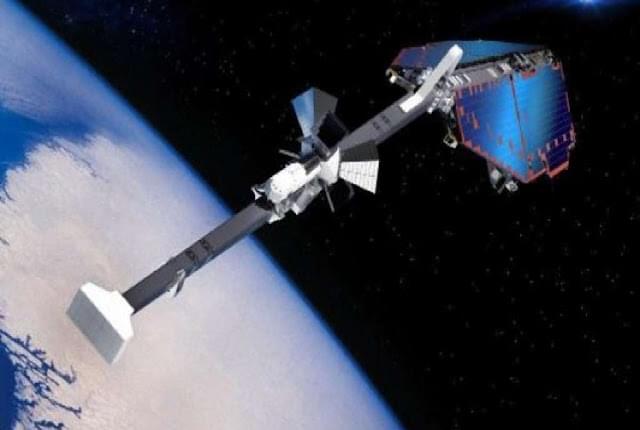

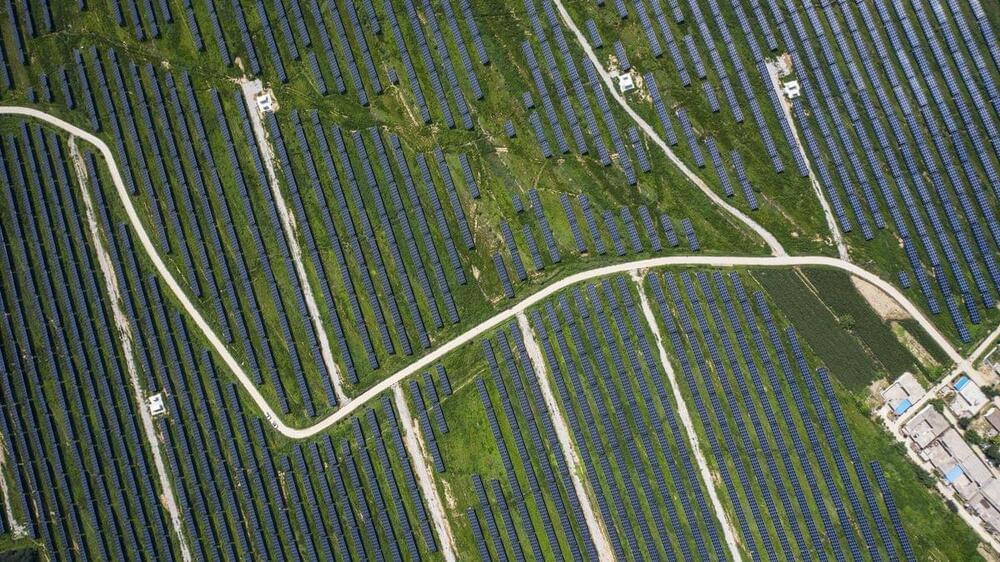
Chinese companies spent 10 years aggressively maneuvering to become the dominant players in solar power. Now they’re seeking to lead the way in developing the next big thing in clean energy: hydrogen.
Top solar manufacturers including Longi Green Energy Technology Co. are ramping up the production of electrolyzers, the equipment needed to make green hydrogen, the cleanest form of the fuel. They are accelerating investments on a bet that a market will boom as industries and consumers switch to lower-carbon fuels.
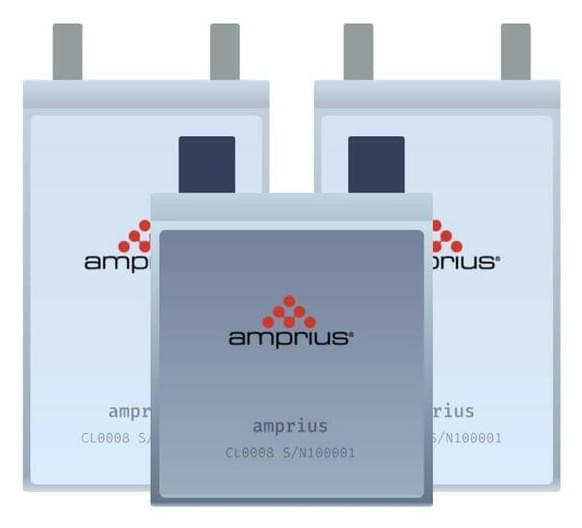
Amprius Technologies announced that its lithium-ion battery cells with silicon anode (Si-Nanowire platform) achieved a breakthrough fast charging capability of 0–80% state-of-charge (SOC) in just 6 minutes (10C current).
The capability of extreme fast charging has been validated and confirmed by Mobile Power Solutions for three 2.75 Ah sample pouch cells (see report here). It actually took less than 6 minutes to achieve 80% SOC.
0–70% charging takes less than 5 minutes, and 0–90% is usually above 8 minutes. Then, the charging rate is much slower, so 100% is achieved after 25–27 minutes (90–100% takes 17–19 minutes).
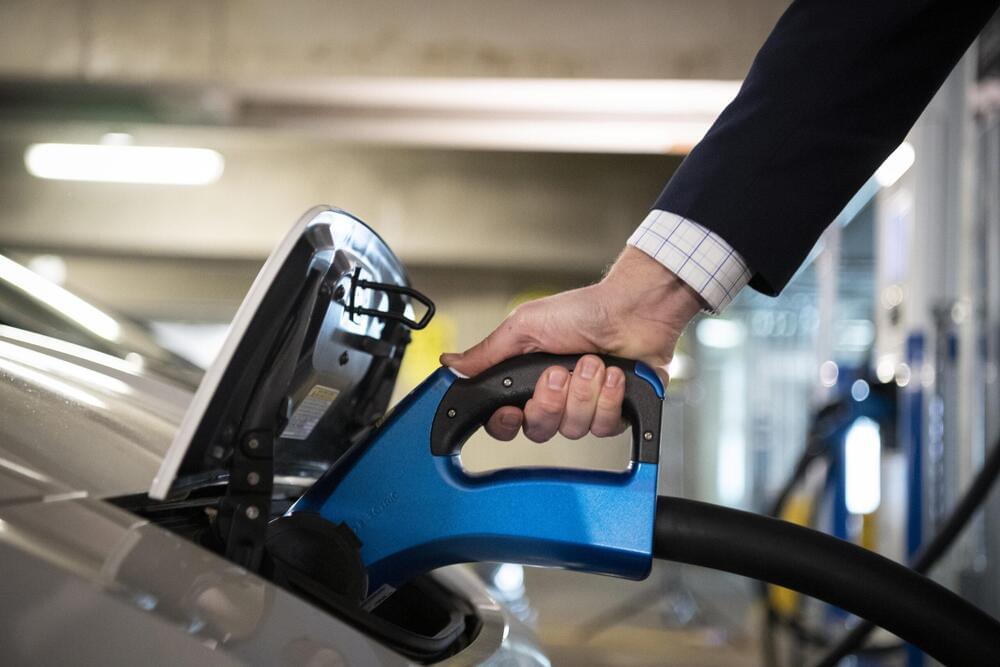
The price of the batteries that power electric vehicles has fallen by about 90 percent since 2010, a continuing trend that will soon make EVs less expensive than gasoline vehicles.
This week, with battery pricing figures for 2021 now available, I wanted to get a better idea of what the near future will look like.
First, the numbers: The average price of lithium-ion battery packs fell to $132 per kilowatt-hour in 2021, down 6 percent from $140 per kilowatt-hour the previous year, according to the annual battery price survey from BloombergNEF. The new average is a step closer to the benchmark of $100 per kilowatt-hour, which researchers say is the approximate point where EVs will cost about the same as gasoline-powered vehicles.
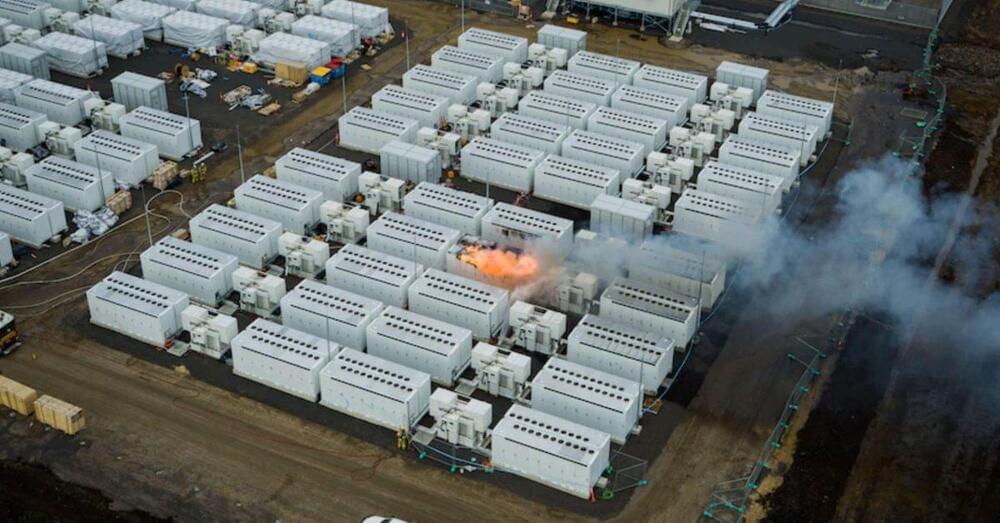
A giant Tesla Megapack project operated by Neoen in Australia has finally been turned on after a fire set back the battery system this summer.
Tesla’s energy storage products have been particularly popular in Australia, where the electric grid is in great need of stabilization.
Its famous “Tesla Big Battery” in partnership with Neoen in South Australia has had a tremendous success that other states are trying to replicate.

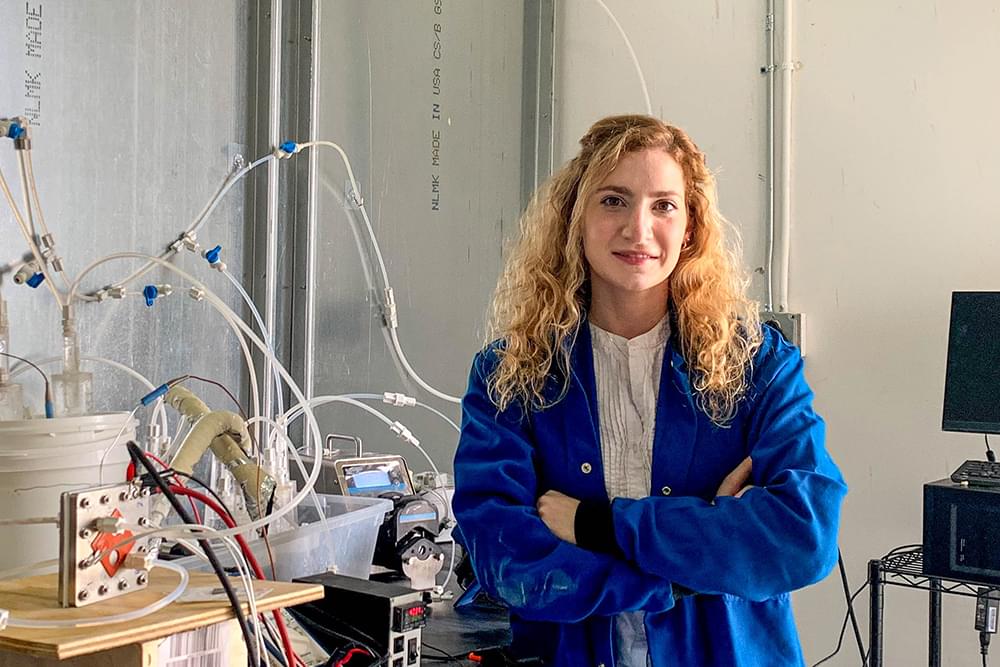
“If we’re going to use scrap aluminum for hydrogen generation in a practical application, we need to be able to better predict what hydrogen generation characteristics we’re going to observe from the aluminum-water reaction,” says Laureen Meroueh PhD ’20, who earned her doctorate in mechanical engineering.
Since the fundamental steps in the reaction aren’t well understood, it’s been hard to predict the rate and volume at which hydrogen forms from scrap aluminum, which can contain varying types and concentrations of alloying elements. So Hart, Meroueh, and Thomas W. Eagar, a professor of materials engineering and engineering management in the MIT Department of Materials Science and Engineering, decided to examine — in a systematic fashion — the impacts of those alloying elements on the aluminum-water reaction and on a promising technique for preventing the formation of the interfering oxide layer.
To prepare, they had experts at Novelis Inc. fabricate samples of pure aluminum and of specific aluminum alloys made of commercially pure aluminum combined with either 0.6 percent silicon (by weight), 1 percent magnesium, or both — compositions that are typical of scrap aluminum from a variety of sources. Using those samples, the MIT researchers performed a series of tests to explore different aspects of the aluminum-water reaction.

And it can be used on any aircraft that uses electric propulsion.
The Defense Advanced Research Projects Agency (DARPA) has funded a company called Electric Sky to build a prototype for a wireless charger for its drone swarms.
The concept of wireless power has been around for many years now, and innovators have used different techniques such as lasers and microwaves, to name a few. The most common complaint of these techniques, however, is that the charging gets weaker as the distance between the transmitter and the receiver increases. Seattle-based Electric Sky has proposed a solution that addresses this issue.
A brand new wireless charging technology The company calls its technology, Whisper Beam, the electromagnetic equivalent of a whispering gallery. As the company’s CEO Robert Millman explains in the press release, “In a whispering gallery a single listener across the room can hear the speaker but no one else can, not even people standing directly between the speaker and listener. The sound is too weak for them to hear.”
Full Story:
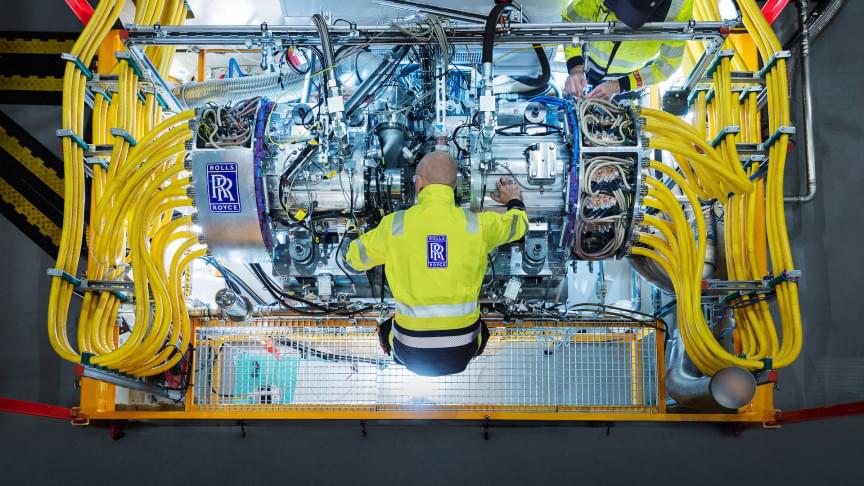
Rolls-Royce’s new 2.5-megawatt hybrid-electric propulsion system delivered more than a megawatt of power only a few weeks after its first tests, a press statement reveals.
The iconic British engineering firm is developing the Power Generation System 1 (PGS1) demonstrator powertrain to test the technology for clean aircraft of the future.
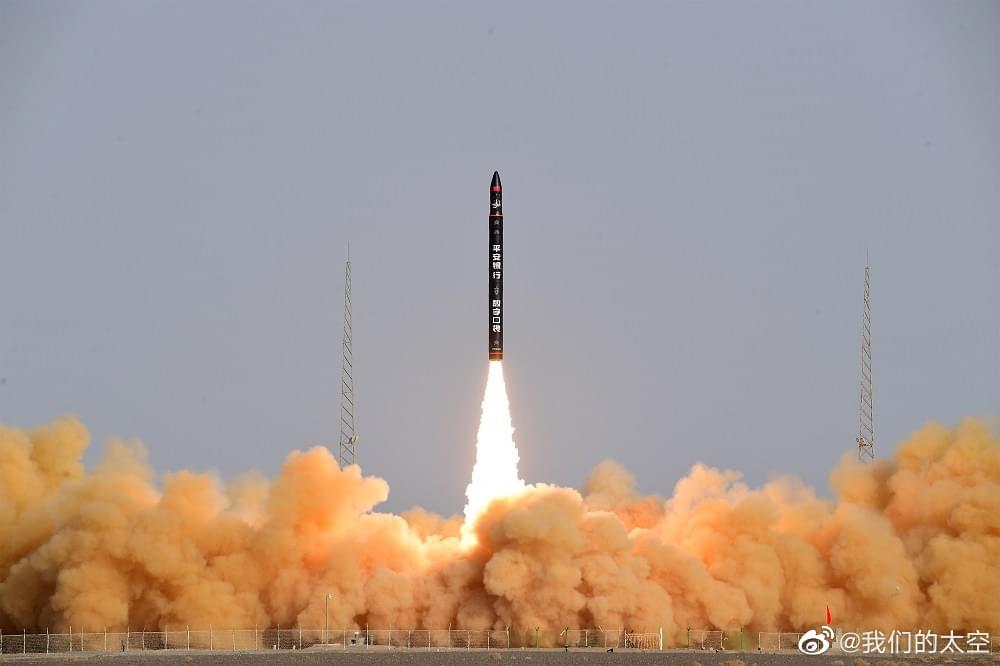
The Chinese private spaceflight company Galactic Energy has made the second flight of its Ceres-1 rocket, carrying five satellites into orbit, including a satellite known as Golden Bauhinia-1–03. The launch took place at 04:12 UTC on Tuesday, December 7th (12:12 Beijing time) from the Jiuquan Satellite Launch Center.
The Ceres-1 is a four-stage rocket, using three solid-fueled stages with a hydrazine-fueled fourth stage to complete orbital insertion and refinement. Ceres-1 is capable of launching a payload of up 400 kilograms to low Earth orbit, or up to 230 kilograms into a sun-synchronous orbit at an altitude of 700 kilometers.
Also known as Gushenxing-1, Ceres-1 was developed by Galactic Energy, one of several Chinese companies currently fielding or testing small solid-fueled satellite launchers. The first Ceres-1 launch was conducted successfully on November 7, 2020, making Galactic Energy the second private Chinese company to launch a satellite into low Earth orbit.